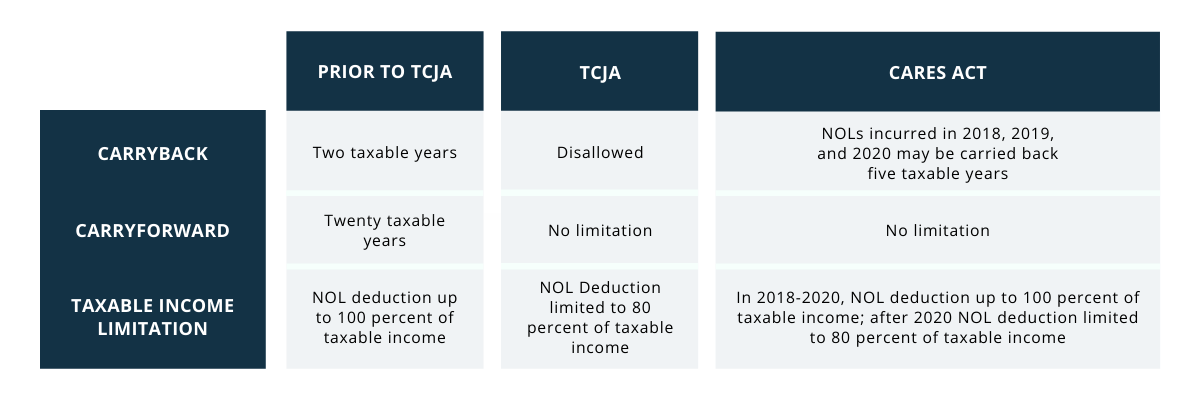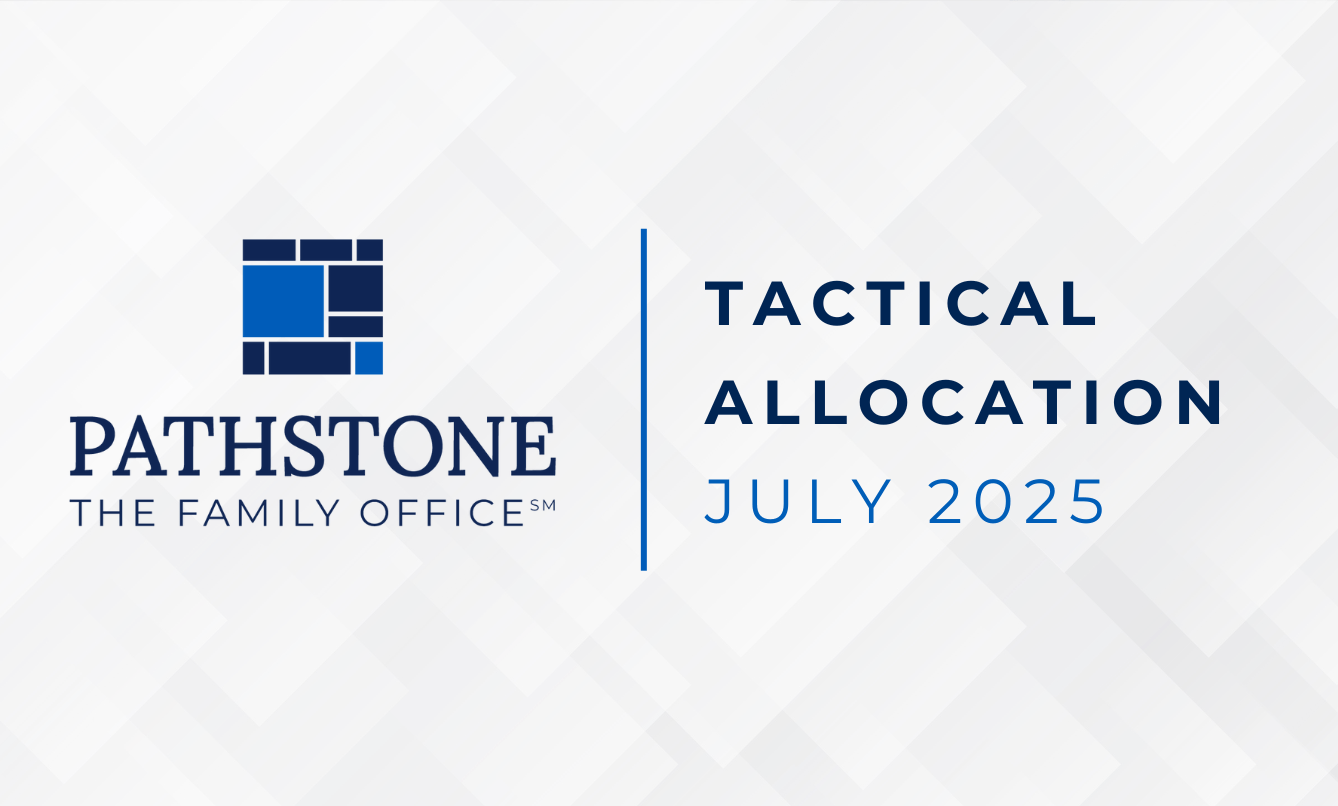As tax season approaches, we encourage business owners to revisit the CARES Act and use the reinstatement of former Net Operating Loss (NOL) rules to their benefit. Tax laws are constantly evolving, and it’s important to stay up-to-date on recent legislative changes. Your company could be in line for a refund if you amend previous tax returns.

Carryback Amendment
Carry back rules were one of the main benefits of NOLs until they were disallowed through the Tax Cuts and Jobs Act of 2018. Fortunately, the CARES Act reversed these changes to allow companies to carry back NOLs in 2018, 2019, and 2020 for five years to offset losses incurred in prior years. If applicable, your company can carry back NOLs to 2013. While carryback NOLs are generally preferred for their immediate tax relief, carryforward NOLs can be more advantageous in some circumstances.
Carryforward and Suspension of Income Limit
NOLs may be carried forward indefinitely until the loss is fully recovered, but they are limited to 80% of taxable income in a tax period. However, the CARES Act suspended the 80% limit for 2020, as well as the threshold for non-corporate taxpayers.
Roth IRA Conversion
Unrelated to the CARES Act, but not to be ignored, Roth IRA conversions are a great way to use company losses. These are generally used by small business owners or farmers, particularly those who are struggling to carry over losses. Small business owners with IRAs can use their NOL carryforward by converting the funds to a nontaxable account with no tax owed. It’s important to note the carried over NOL disappears when the taxpayer dies. If the NOL is sizable enough that standard income or Required Minimum Distributions won’t use the entire NOL, this can create tax-free income for the taxpayer.
Due to the complexity of tax laws, we encourage you to consult your tax advisor if NOLs seem applicable to you.
Please see the PDF version of this article for important disclosures.







